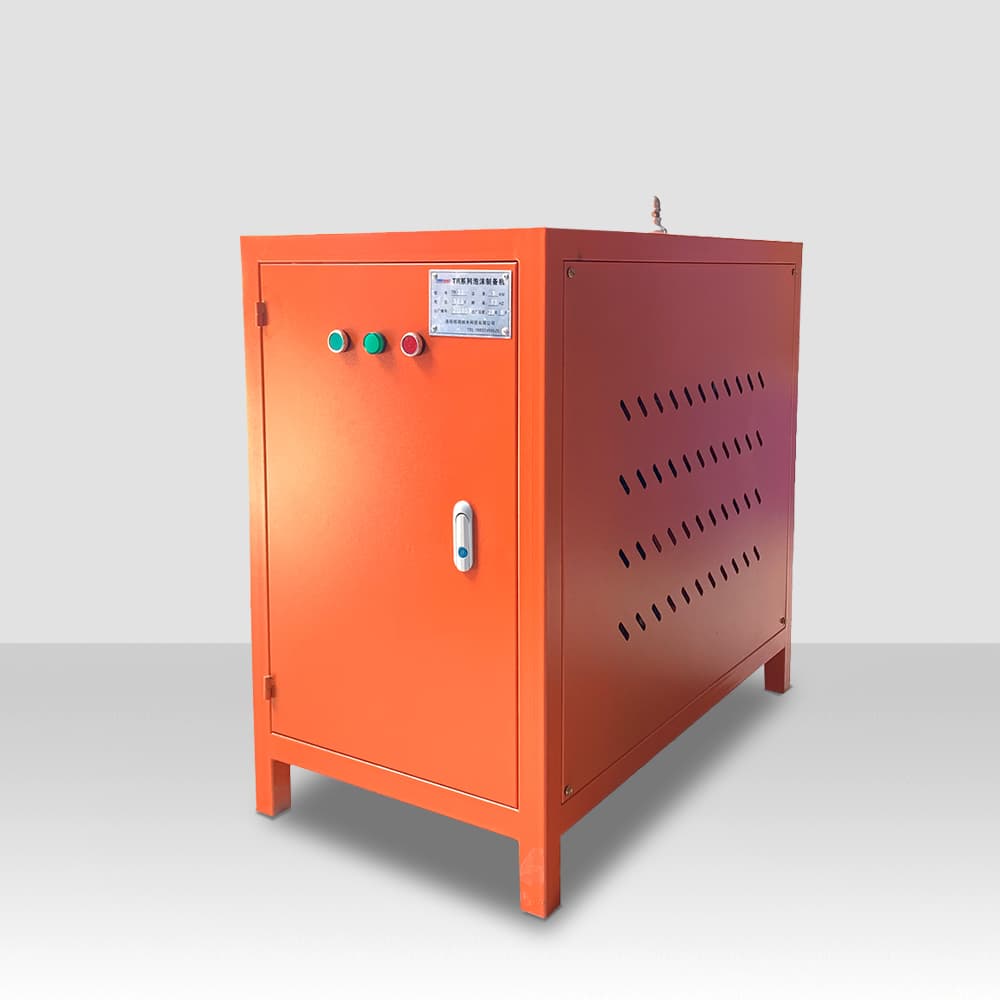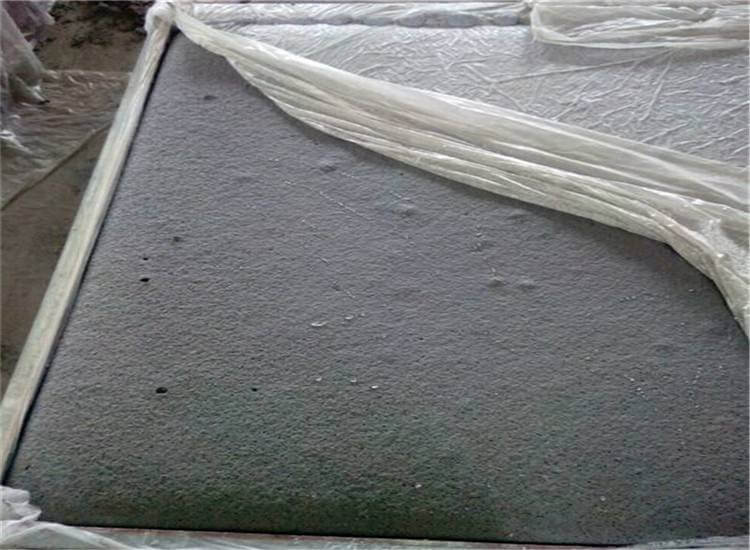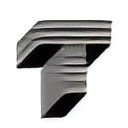Professional solutions on concrete addtives, Concrete Foaming Agent, Superplasticizer, CLC Blocks Additives, and foaming machine
(The chemical structure of Concrete defoamer)
What is Concrete defoamer
Concrete defoamer: This paper compares four different chemical compositions of antifoaming products: mineral oil 、 Polyether 、emulsified silicone oil, and Polyether modified silicone, respectively. The bubble-breaking speed, restraining bubble ability, and bubble stability are different when adding different types of defoaming agents. The comprehensive performance of the Concrete added with Polyether is also excellent. Because of polyether-modified silicon's special surface tension, which is a benefit to the stability of small bubbles in Concrete, the fluidity of concrete slump and maintenance ability is improved by these small bubbles' ball-bearing effect. The silicone oil emulsion type antifoaming agent has a faster bubbles breaking speed. At the same time, big fluctuations in the fluidity of Concrete when dosage changes; concrete slump loss is the fastest one, which may be because the bubbles are not stable in the Concrete. Surface bubbles affect the appearance quality of the Concrete; they may also affect the strength and durability of the structure. Hardened Concrete apparent with different antifoaming agents. There is no obvious harmful pore when using Polyether modified silicone and polyether antifoaming agent, which may benefit enormously from its special surface tension; there are harmful holes when using emulsified oil antifoaming agent, the holes affect the appearance and durability of the project.
Preparation and Properties of Different Polyether-Type Defoamers for Concrete
The polyether-type defoamers were prepared as previously reported. The chemical structure of the prepared defoamers was characterized by FT-IR, 1H-NMR, and elemental analysis; the results clearly indicate that defoamers of a correct chemical structure and high purity were obtained. The properties of different defoamers were tested in aqueous solutions (surface activity and foaming property), fresh (air content and bubble size distribution), and hardened (air content, air-void parameter, and compressive strength) cement mortars; the structure–property relationship of the defoamers was thus fully investigated. As one of the most important engineering materials in the construction industry, Concrete has been widely used with the rapid development of the world's market economy and the increase in construction projects. However, there are still many problems in the practical engineering applications of Concrete, such as resistance to chloride diffusion, slump loss, early-age plastic shrinkage and cracking, expansion of the U-type expansive agent, and hydration heat regulation of mass concrete. These problems are mainly because of air bubbles of large sizes and in excessive amounts, which are harmful and formed in the process of fresh concrete mixing. The reduction of these harmful bubbles is thus highly desirable to improve the performance of Concrete. Defoamer is a chemical admixture that has been widely used to inhibit and eliminate the harmful, large bubbles in fresh Concrete. By reducing the harmful bubbles and optimizing the pore structure of concretes, defoamers can improve the mechanical properties and service life of hardened concretes.
The chemical structure of Concrete defoamer
The chemical structure of a defoamer is an amphiphilic surfactant, which consists of a hydrophilic part and a hydrophobic part. From the chemical composition, commonly used defoamers can be divided into four types, including fatty acids, mineral oils, polyethers, and silicones. Among them, polyether-type defoamers show the best water solubility and highest compatibility with polycarboxylate (PCE) superplasticizers and have been most widely used as concrete admixtures. However, synthetic polyethers have only rarely been reported as the defoamers for Concrete. The structure–property relationships of polyether-type defoamers in both aqueous solutions and cement-based materials have not been fully investigated, which is of great importance for the development of novel, high-performance defoamers for Concrete. In our previous study, we reported the polyether-type defoamers (amphiphilic surfactants) consisting of different hydrophobic alkyl chains (linear or branched, C14–25) and the same hydrophilic polyether chain (8 ethylene oxide units), which exhibited excellent defoaming performance. The effect of hydrophobic alkyl chains on defoaming properties has been investigated, but the influence of a hydrophilic polyether chain (length and sequence) is still unknown. In this study, a series of polyether-type defoamers consisting of the same alkyl chain but different polyether chains was prepared, and the structure–property relationship was investigated. Using OA as the starting agent (long alkyl chain), the polyether defoamers of different EO amounts were prepared, and polyether defoamers of different EO and PO sequences (OA-4EO-4PO and OA-4PO-4EO) were also prepared. FT-IR, 1H-NMR, and elemental analysis characterized the chemical structure of the obtained defoamers. Shows the FT-IR spectrum of OA, including a weak absorption peak of -O-H at 3318 cm−1, strong stretching vibration absorption peaks of -C-H at 3000–2800 cm−1, and the characteristic adsorption peak of -C=C- at about 1460 cm−1. By contrast, the spectra of the defoamers show not only the characteristic adsorption peaks of OA but also another strong adsorption peak of -C-O- at 1104 cm−1, suggesting the EO and PO units were linked to OA successfully. This study is beneficial for the applications and development of novel, high-performance polyether-type defoamers for Concrete.
Price of Concrete defoamer
Concrete defoamer particle size and purity will affect the product's Price, and the purchase volume can also affect the cost of Concrete defoamer. A large amount of large amount will be lower. The Price of Concrete defoamer is on our company's official website.
Concrete defoamer supplier
If you are looking for high-quality Concrete defoamer, please feel free to contact us and send an inquiry. (sales@cabr-concrete.com). We accept payment via Credit Card, T/T, West Union, and Paypal. TRUNNANO will ship the goods to customers overseas through FedEx, DHL, by air, or by sea.
(The chemical structure of Concrete defoamer)








